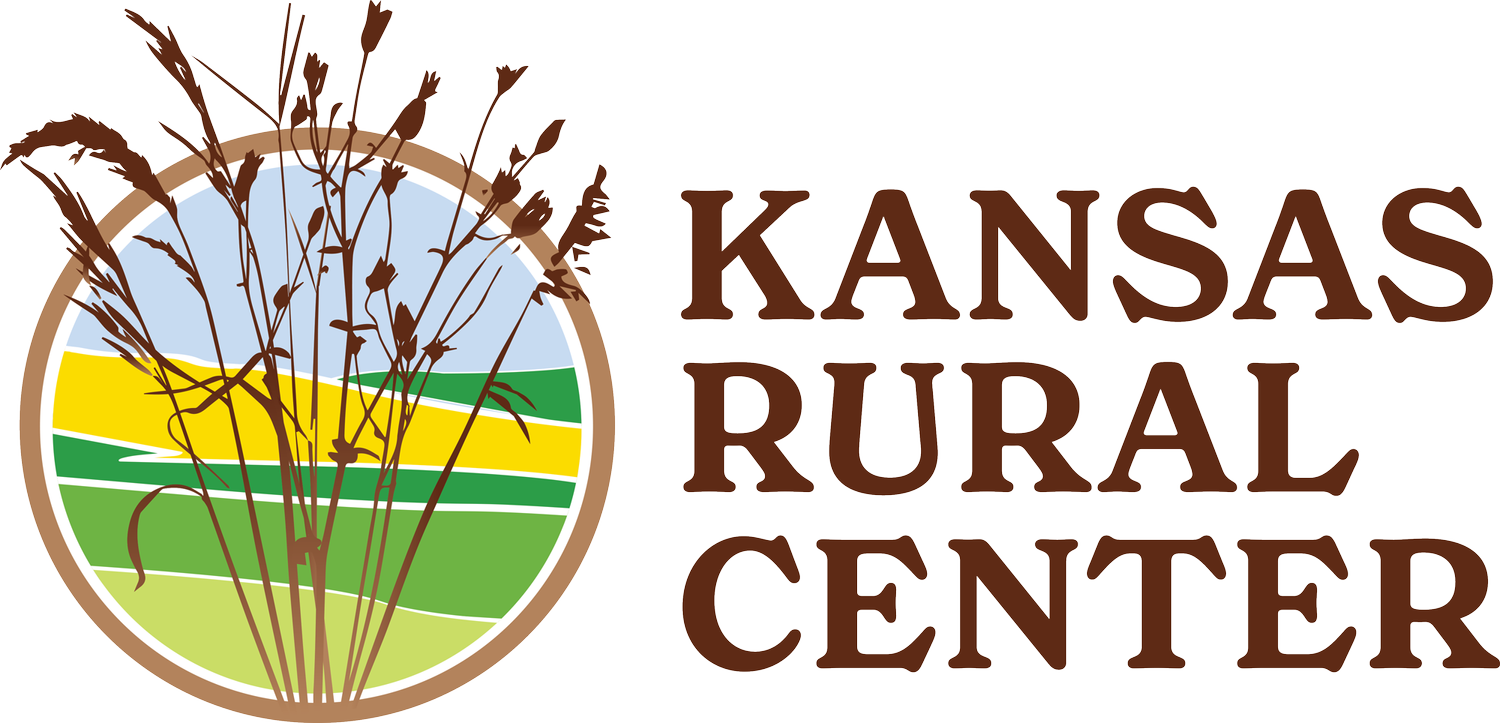What Will Hemp Do For Kansas?
Kelly Rippel - Kansas for Hemp
As we gear up for 2023, most Kansans know about the reintroduction of hemp as a protected agricultural commodity. After operating under a research program from 2019 to 2021, the Kansas Department of Agriculture oversees our state’s commercial hemp program, while businesses that process hemp are now registered with the State Fire Marshal’s office.
The first few years saw inclement weather, the learning curve to grow and harvest hemp, and a still-emerging supply chain that have all contributed to a decreasing number of licensed and harvested acres over time. However, there are multiple factors causing a now positive shift: The initial years of Kansas’ hemp program saw 90- 93% of licensees growing high labor- intensive varieties for floral biomass to be extracted for CBD products. This was mainly due to national attention about cannabidiol’s therapeutic benefits through lobbying efforts and legal definitions, which unfortunately distracted focus from other beneficial plant compounds and end uses (see attached image - Source.)
In 2022 Kansas had just over 1,094 licensed hemp acres. As we’ve seen with the already saturated CBD market from previous years’ yields and largecompanies coming onto the scene, there has been an expected transition for farmers growing varieties more conducive to their environments and operations as traditional row crop farmers. It is exciting to see morefiber/grain cultivars that are signaling renewed investment into an industry contributing globally to sustainability and regenerative practices.
Another positive sign is USDA’s Risk Management Agency now offers basic for textiles. According to data from USDA and more recently information from South Bend Industrial Hemp in Great Bend, KS, average net returns for hemp for fiber range from $400- 600 and returns for hemp seed are estimated to range from $400-$450 per acre. While these figures fluctuate based on multiple factors, the trends documented in U.S. Congressional crop insurance to hemp farmers and the program will evolve over time.
The “lowest hanging fruit” for hemp is food for humans and animal feed. This is because established research and protocols have been developed, and are ongoing for full marketability approval at the federal level. At grocery stores a vast majority of hemp derived foods such as protein powder, hemp hearts and seeds are currently imported from countries such as Canada. However, changes are expected to be coming in the 2023 Farm Bill with potential to open up pathways for domestic production opportunities. The next sectors Kansas farmers can be excited about are hemp hurd for hempcrete, insulation and construction materials, various forms for biocomposites, and long fiber reports and economic studies show hemp’s potential is exponential with projected stabilizing in the coming years.
While there are fewer than a handful of industrial hemp processors in the state, they are now up and running
and are open to work with farmers as expansion into coops may be on the horizon. There are still hemp biomass extractors for those growing floral material for CBD products, which we will continue seeing changes as other forms of cannabis become protected in the upcoming legislative session. Fortunately, Kansas is also home to multiple agricultural equipment entities including Shield Ag in Hutchinson that provides equipment farmers can use for cultivating hemp. Another manufacturer of hemp harvesting machinery is located in Giltner, Nebraska – Bish Enterprises & Hemp Harvest Works.
Every operation is different, but some farmers find that utilizing or modifying their own combines with headers or sickle bars is sufficient. Here is a snapshot of the current industrial hemp processors throughout Kansas. Multiple resources exist for information on production including a best practices planting guide from Kansas Hemp Consortium and other production guides and reports. The value added economic opportunity hemp can provide farmers equates to gaining multiple revenue streams from one crop. In addition, hemp is a powerful soil health tool. As hemp grows naturally its roots spread wide and deep creating increased soil oxygenation. As a result, robust mycorrhizae can form leading to soil biodiversity. Another benefit of hemp is enhanced carbon sequestration and remediation of heavy metals and contaminants. Studies also demonstrate that introducing hemp as a rotation crop can actually increase successive yields of other crops grown on that field. At the same time, when optimal planting density and population are reached, hemp is a natural weed suppressor so herbicides and weed killers become an unneeded input helping farmers’ bottom line.
The following are some of the challenges we know farmers are being faced with in the years ahead: Farming operations, including small family farms, take pride in their work and legacies so they do not want to pass on hardship or debt to anyone especially their own families. At the same time, due to drought and other cause of losses many are so reliant on crop insurance to help keep them going from year to year while rarely seem to be getting ahead due to inflation, costs of inputs, labor scarcity, equipment costs/supply chain shortages, etc. What’s more, the trajectory of growing crops that often fail is simply not sustainable, especially on certain ground in areas that experiences frequent problematic weather conditions.
This is where diversification and innovation comes in - hemp is currently and will continue to play a critical role for empowering cities and rural communities alike.
Having conversations with elected leaders at the local, county, state and national levels is how we can ensure these opportunities remain available for Kansans. If you are interested in learning more about becoming licensed to grow hemp, please visit Kansas Department of Agriculture’s website. Please feel free to reach out to Kansans for Hemp and other industry leaders to connect with Kansas’ growing hemp network.




